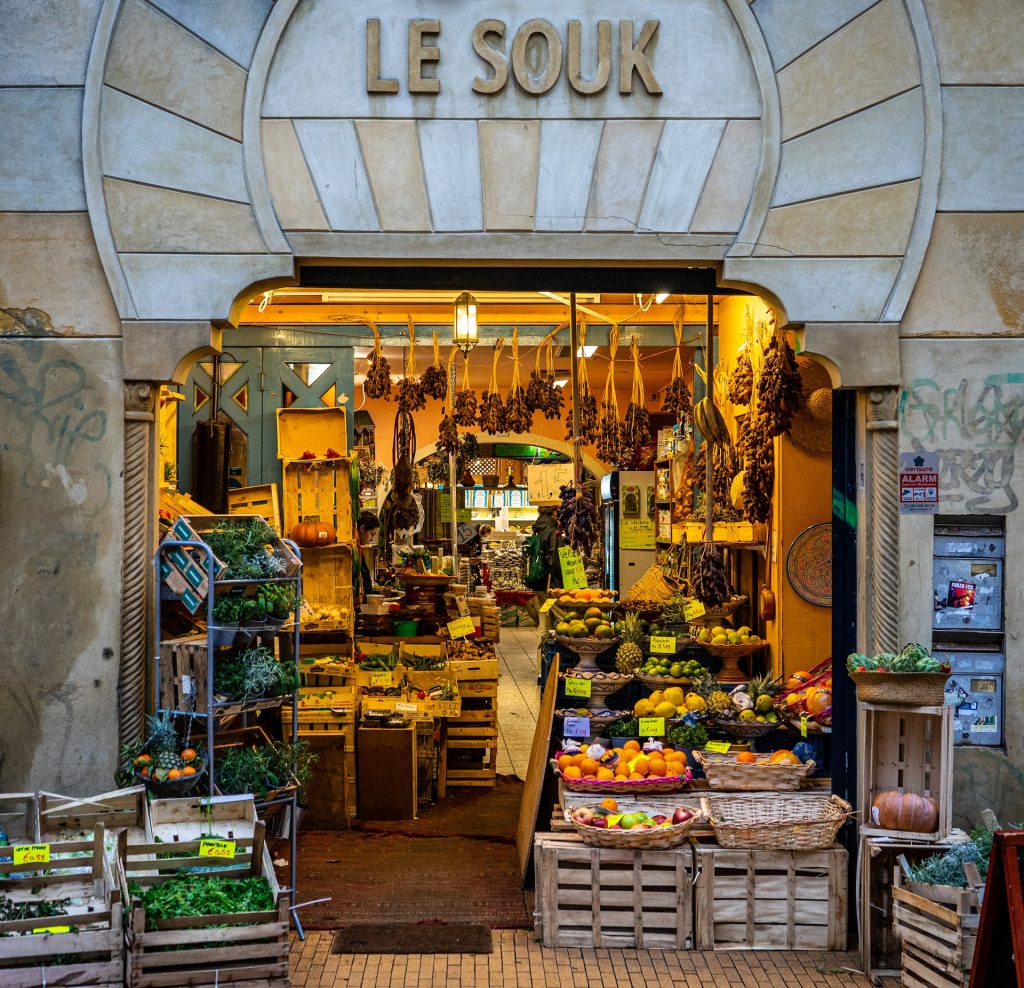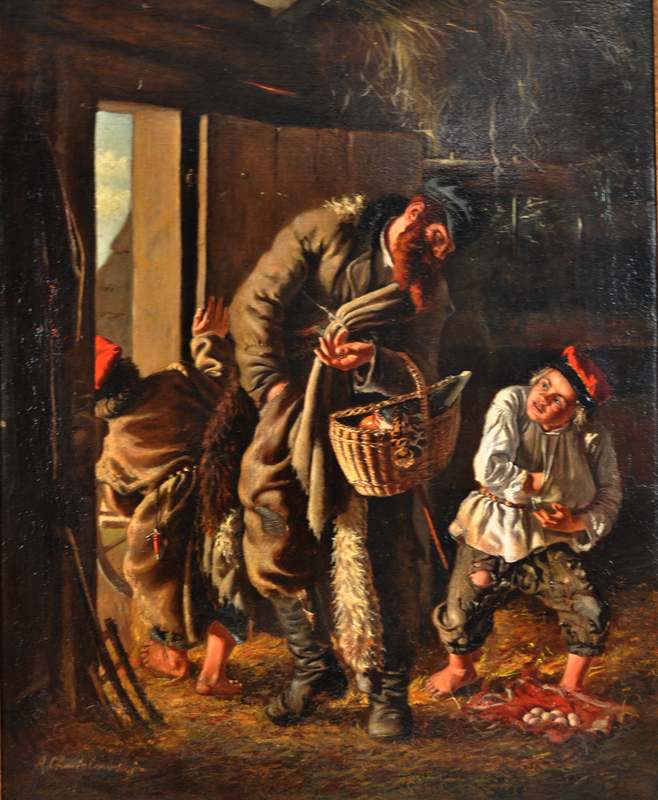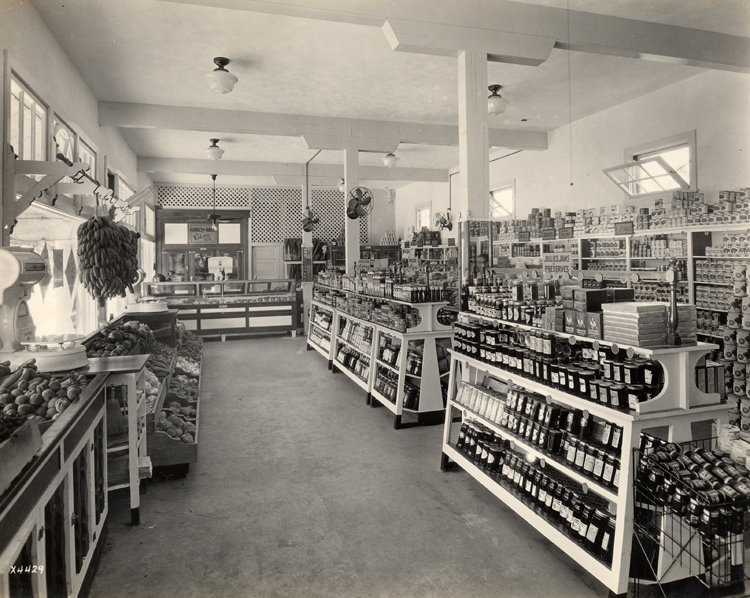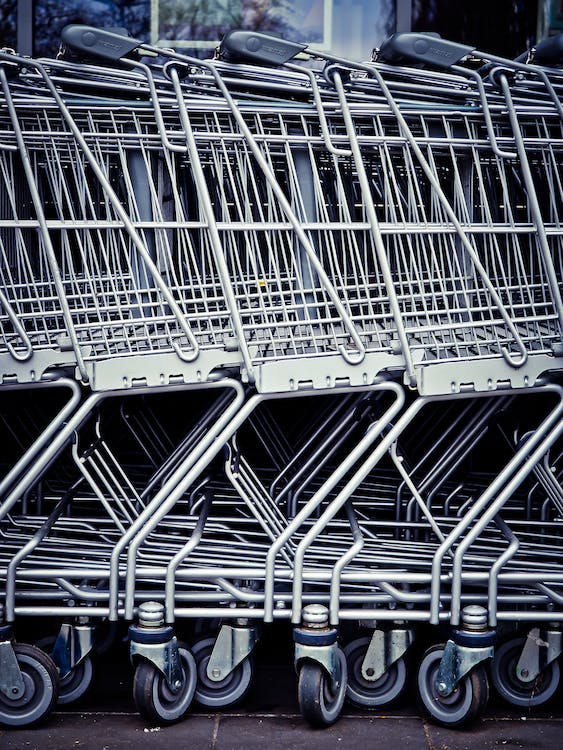At Peterson & Associates, Inc, we understand that food shopping has undergone significant transformations throughout history, reflecting changes in technology, culture, and societal structures. As experts in food purchasing, we believe it’s important to provide our audience with a brief history of how we shop for food to share some valuable insights on how to make smart and informed purchasing decisions. Without further adieu, here is a brief history of food shopping and how it has evolved over the ages!
🏺Ancient Civilizations🏛️
Bartering and bazaars, a central part of civic life
The use of local markets and bartering systems in ancient civilizations directly influenced the evolution of global trade as we know it today. The bartering system, which predates the monetary system, has played a crucial role in facilitating trade across different regions, communities, and cultures. In this article, we explore the cultural importance of ancient marketplaces and how they shaped the distribution of goods and cultural values.
From the earliest organized bazaars in ancient Persia to the bustling markets of medieval Europe, local marketplaces have always been central to a community. In ancient civilizations such as China, Greece, and Egypt, markets were integral to the local economy. Bartering was the primary means of exchange, as individuals swapped goods and commodities to fulfill their unique needs. From food and textiles to precious metals and spices, local markets were a hub for trade.

One of the most sought-after products in ancient marketplaces was spices. Spices were not only used for cooking but also for medicinal and cosmetic purposes. Cinnamon, for example, was used as a natural preservative, and saffron was used as a dye. Due to their rarity and limited supply, spices became valuable commodities that could be easily stored, transported, and traded.
Local markets also reflected the cultural values and social dynamics of the societies in which they existed. In ancient Greece, the agora was a central part of civic life where people met, socialized, and traded. It was a bustling hub of activity where citizens could buy goods, witness public speeches and military parades, and participate in democratic activities. Likewise, the souks of the Middle East were vibrant marketplaces where people from different cultures and regions came together to trade goods and exchange ideas.

Despite the evolution of global trade, local markets continue to play a vital role in many communities today. They provide a means for individuals to directly support local farmers and producers and facilitate the exchange of goods and cultural values. While the bartering system may no longer be the primary means of exchange, local markets still serve as an important source of fresh and unique products for consumers.
🏰Middle Ages📜
General stores and traveling peddlers
During the Middle Ages, the rise of towns and cities led to the development of general stores and traveling peddlers. General stores served as central hubs for food and other goods, while traveling peddlers brought products from distant regions, offering greater variety and accessibility. This led to significant changes in the way people shopped for their daily needs.

General stores emerged in the Middle Ages as the central source for basic provisions. These stores stocked a variety of items and catered to the local community. Customers included town dwellers, rural farmers, and traders. General stores made it easier for people to acquire the goods they needed, and they played an essential role in the economic development of towns and cities.
Traveling peddlers, on the other hand, traveled from town to town, offering goods that were not readily available in the local areas. They sold a range of products, including spices, fabrics, and jewelry. The peddlers would transport their goods using pack animals, carts, or by foot. The products were often displayed on tables or held in baskets for easy viewing.

The products commonly traded at general stores and by traveling peddlers varied depending on the location. In towns and cities, general stores mostly stocked bread, cheese, meat, and other food items. In contrast, traveling peddlers sold luxury goods like spices, silks, and exotic fabrics.
The emergence of general stores and traveling peddlers had a significant impact on local economies. General stores brought goods and services to the local townships, and peddlers introduced new products and business opportunities. People no longer had to travel long distances to purchase their necessities. Additionally, the growth in trade led to the development of new financial systems, including credit and lending.
🛒19th Century🏪
The rise of grocers in the 19th century marked a significant shift in the way people shopped
The industrial and economic developments of the 19th century and the attendant growth of urban centers led to significant changes in the way people lived and worked. Industrialization and urbanization created higher levels of income, but also led to larger populations who required access to basic goods and services. The emergence of modern grocers addressed this need by offering a wider selection of packaged and canned goods in one convenient location, providing customers with a much more efficient shopping experience.

The evolution of the modern grocery store didn’t happen overnight. Early stores were small establishments, which specialized in just a few items, such as coffee, tea, and spices. However, with the introduction of new technologies, such as canned goods, grocers could expand their inventory and cater to a more extensive customer base. The introduction of refrigerated railcars and the ability to store food safely for longer periods was another factor contributing to the rise of modern grocers. Read more about how we kept our food cool from ice harvesting to electric refrigeration.
The emergence of modern grocers led to changes in product offerings as well. Grocers were now able to offer a wide variety of fresh produce and meats, which were no longer limited to the local area. The grocery store became a one-stop-shop for goods, and this attracted customers who no longer had to visit multiple stores to get the things they needed. The breadth of product offerings also created opportunities for new food companies to develop and distribute their products more broadly.

The rise of grocers wasn’t without its challenges. For example, some consumers were hesitant to trust pre-packaged goods and preferred to purchase items from local vendors where they could see and touch the products. Additionally, the large-scale retail stores were often viewed as a threat to smaller businesses. Nevertheless, the demand for convenience and variety created by the emergence of grocers was too great to ignore.
🥫20th Century🥦
The rise of supermarkets and the transition to self-service shopping
The concept of supermarkets was born out of a desire to provide consumers with a more efficient and convenient shopping experience. Efforts to streamline the shopping experience were made possible by the availability of pre-packaged goods – a development that originated in the 1800s. The advent of refrigeration technology and improved transportation networks allowed for the mass distribution of perishable goods, and the growth of urban centers created a demand for larger stores that could hold a greater variety of products.

Photo Credit: RoadSidePictures
The first supermarkets were established in the United States in the 1930s, and they offered a range of items at lower prices than traditional grocery stores. Supermarkets operated on a self-service model, which allowed consumers to select products themselves rather than relying on a store associate for assistance. This innovation made the shopping experience more efficient and allowed stores to reduce staff, which, in turn, allowed for lower prices.
The self-service model was made possible by several key innovations in product packaging and labeling. Manufacturers began to package goods in standardized sizes and shapes, helping to streamline the stocking and shelving process. Products also began to be labeled with nutritional information and brand logos to help consumers quickly identify the products they wanted.

The rise of supermarket and self-service shopping did indeed lead to greater efficiency and autonomy for consumers. Self-service shopping allowed customers to browse at their own pace and select the products they wanted without waiting for assistance. The convenience of one-stop shopping and lower prices led to a rise in the popularity of supermarkets, which eventually replaced traditional grocery stores.
However, the transition to self-service shopping presented some challenges for retailers. Grocery stores had to adapt to the new model, rethinking their store layouts, and training their employees to work in a more streamlined system. Supermarkets also faced increased competition, with a large number of stores vying for market share in a rapidly growing industry.
As the 20th century progressed, chain stores and branding gained prominence. Companies like A&P and Kroger established networks of stores, standardized product offerings, and implemented marketing strategies to build customer loyalty. In the latter half of the 20th century, hypermarkets and large-scale retail outlets emerged. Stores like Walmart and Carrefour offered a wide range of products, including groceries, clothing, electronics, and more. This concept of one-stop shopping became popular, providing convenience and variety under a single roof.
📱21th Century🚚
The rise of Online Shopping and Delivery Services
Online grocery shopping has several benefits for consumers. Firstly, it offers convenience, saving time, and energy by eliminating the need to travel to a physical store. Consumers can shop from anywhere, at any time, and have their orders delivered directly to their doorstep. Additionally, online grocery shopping provides a wider selection of products, making it easier for consumers to find what they need.
For sellers, online grocery shopping offers a range of benefits. Firstly, through e-commerce platforms, sellers can reach a broader customer base, expanding their market reach beyond the local area. Furthermore, with grocery delivery services, sellers can offer a convenient and efficient way to deliver products to consumers, reducing the cost and time associated with traditional brick-and-mortar operations.
However, online grocery shopping has not been without its challenges. For traditional grocery stores, online shopping has led to increased competition, necessitating the adoption of new technologies to remain competitive. Additionally, many consumers have expressed concerns over the quality and freshness of products purchased online, as well as the additional fees associated with delivery.
The rise of online grocery shopping has also led to changes in the retail and logistics sectors. Grocery delivery services have created a demand for specialized logistics services, such as refrigerated vehicles and temperature-controlled storage. Furthermore, e-commerce platforms have created new opportunities for technological innovation, such as mobile apps and predictive analytics, to improve the user experience and increase efficiency.
Finally, the future of online grocery shopping is paved with possibilities. The continued development of new technologies has the potential to revolutionize the industry further. For example, the development of drone delivery systems could make it possible to deliver fresh produce to consumers within hours of harvesting. Additionally, the development of predictive analytics and machine learning could help retailers anticipate consumer needs, making the shopping experience even more convenient.
📊Today: Food Purchasing Arbitrage⚖️
Food purchasing arbitrage is the best way to reduce food costs and maximize profits. Our powerful software provides an all-inclusive solution to your food purchasing needs; it automatically compares vendors, selects similar items with the best prices, and ensures the lowest cost available. Thanks to our intelligent purchasing software, businesses can optimize their procurement process and make significant savings without any extra effort. With no manual intervention required, our software saves time, tracks orders efficiently, and enables you to keep 100% of rebates. Invest in intelligent purchases today to get maximum return on investment tomorrow! So don’t wait any longer—take advantage of this offer now and never worry about food prices again!
We hope you found our brief history of how we shop for food insightful and informative! We would love to hear your thoughts and experiences on this topic. Have you ever visited a local market or participated in bartering? How has the evolution of food shopping impacted your purchasing decisions? Share your stories and join the conversation in the comments below. Let’s continue to explore the fascinating world of food shopping together!
Thank you all for taking the time to read this article on the history of food shopping! It’s incredible how much our shopping habits have evolved over time, reflecting advancements in technology and changes in societal structures. From the ancient civilizations’ bartering system to the rise of online shopping and delivery services in the 21st century, each era has brought its own unique challenges and opportunities.
Personally, I find it fascinating how local markets have remained a vital part of many communities despite the evolution of global trade. There’s something special about supporting local farmers and producers while experiencing the exchange of goods and cultural values. It would be wonderful to hear your experiences with local markets and the impact they have had on your food purchasing decisions.
Furthermore, I’m eager to learn about your thoughts on the emergence of supermarkets, the transition to self-service shopping, and the convenience of online grocery shopping. How have these changes affected your shopping routines and preferences? Have you explored food purchasing arbitrage to optimize your procurement process?
Please share your stories, insights, and any questions you may have in the comments below. Let’s continue this engaging discussion and learn from each other’s experiences. Thank you again for being part of our community, and I look forward to reading your comments!